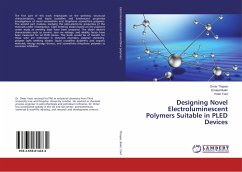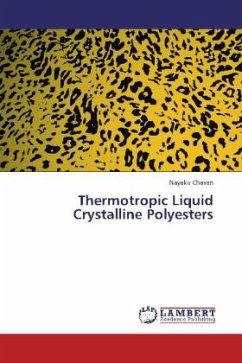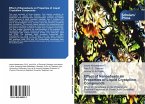This work presents the first low molar mass organic electroluminescent (EL) material to form a nematic glass and then emit plane-polarised light from the vitrified state on application of an electric field. Photocrosslinkable molecules are also discussed which form insoluble films on illumination with ultra- violet light. This approach combines the ease of deposition of small molecules with the robustness and stability of polymers, allowing simple fabrication of multi-layer EL devices and photopatterning. A range of conjugated low molar- mass molecules are considered, containing the anthracene, perylene and fluorene cores. An acrylate and several diene photopolymerisable derivatives of the fluorenes undergo photocrosslinking. A diene shows no significant degradation for an optimal exposure and a doped photo-alignment layer is used for the first time to obtain polarised EL with ratio 11:1 and a brightness of 80 cdm-2 from the crosslinked diene. The insoluble crosslinked network allows the spin-coating deposition of an electrontransporting over-layer, resulting in increased brightness.
Bitte wählen Sie Ihr Anliegen aus.
Rechnungen
Retourenschein anfordern
Bestellstatus
Storno








